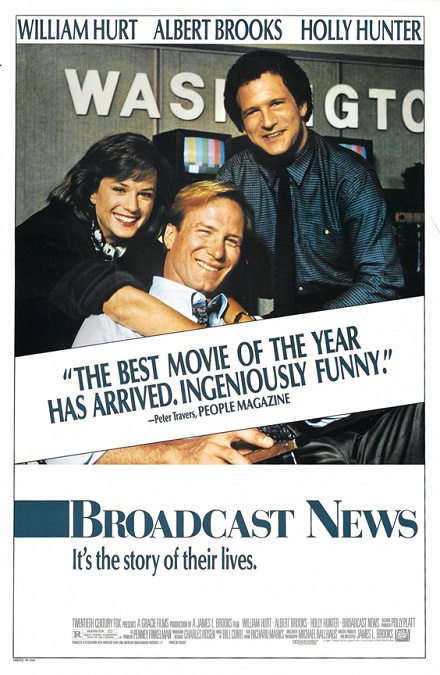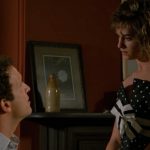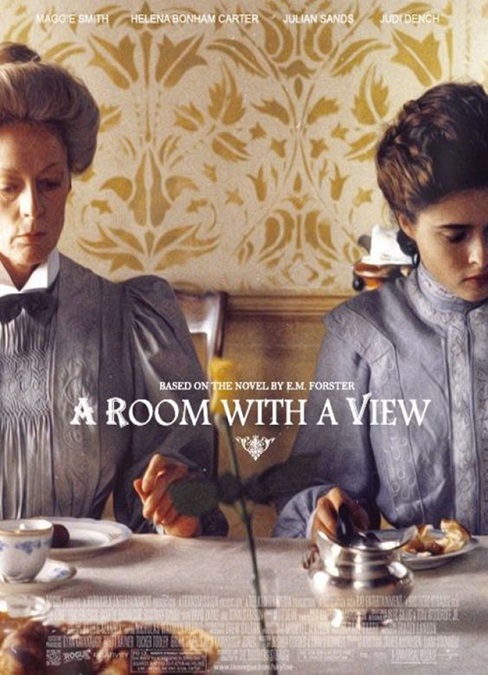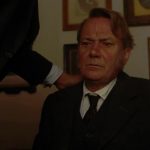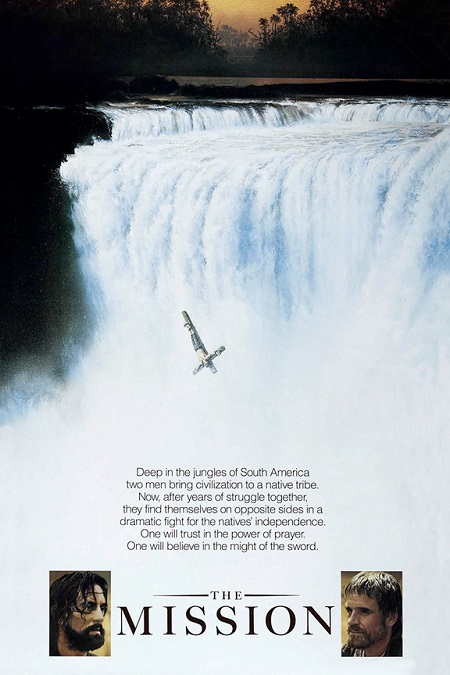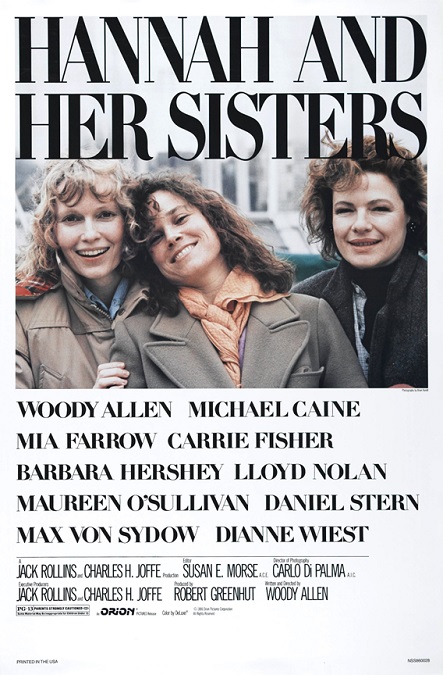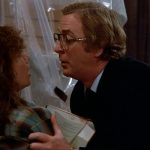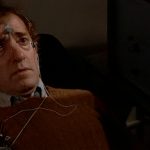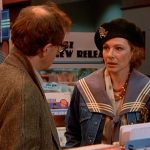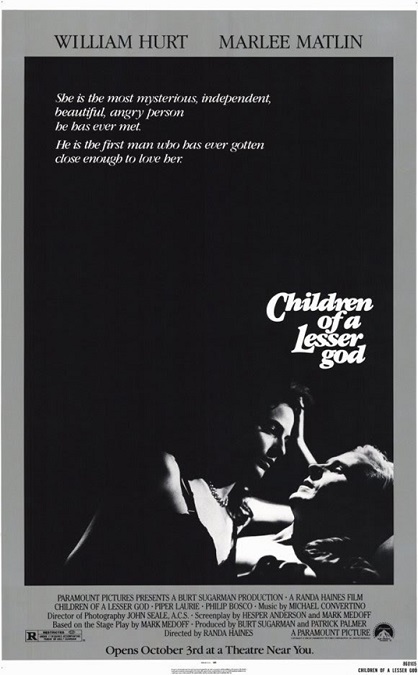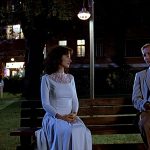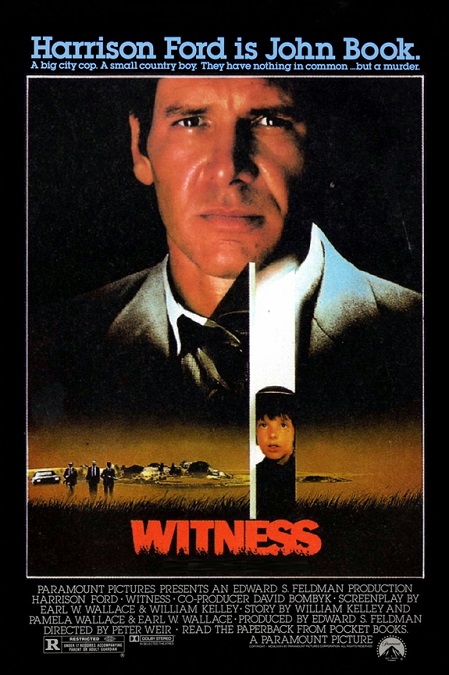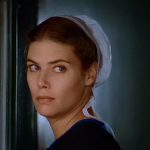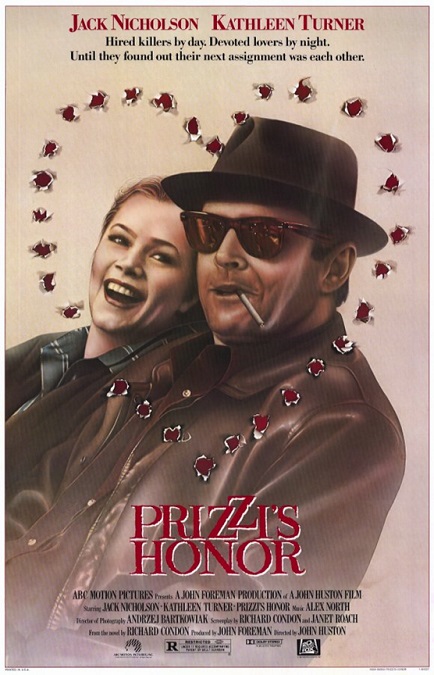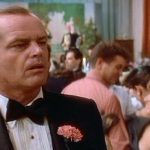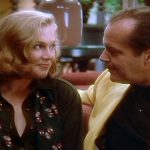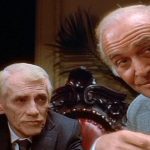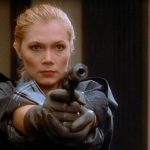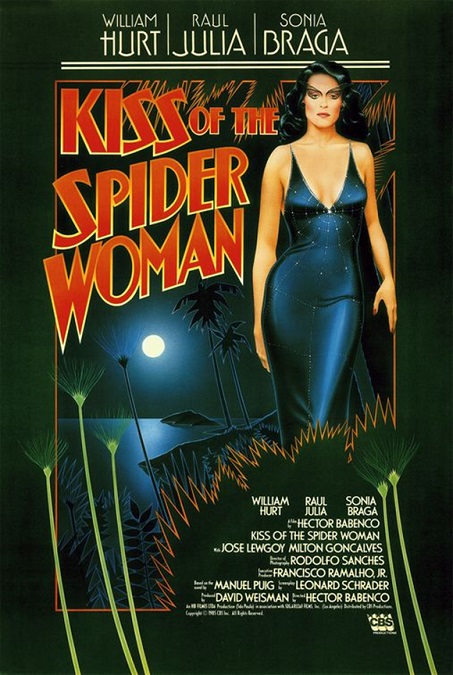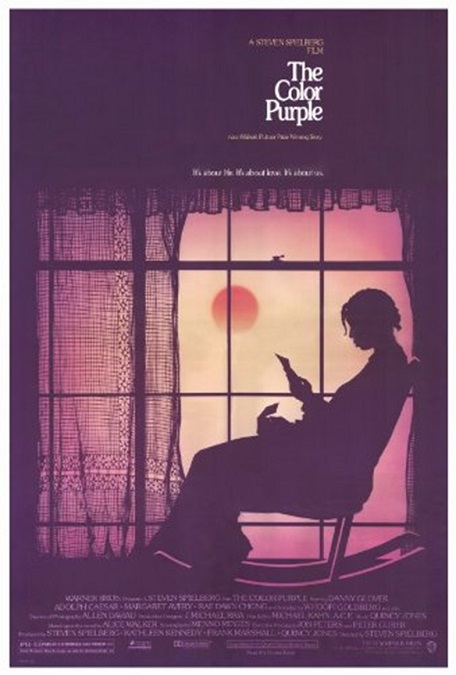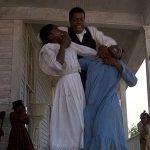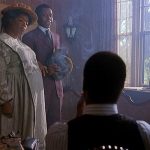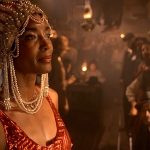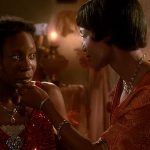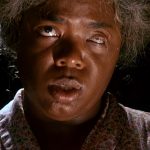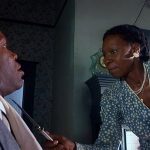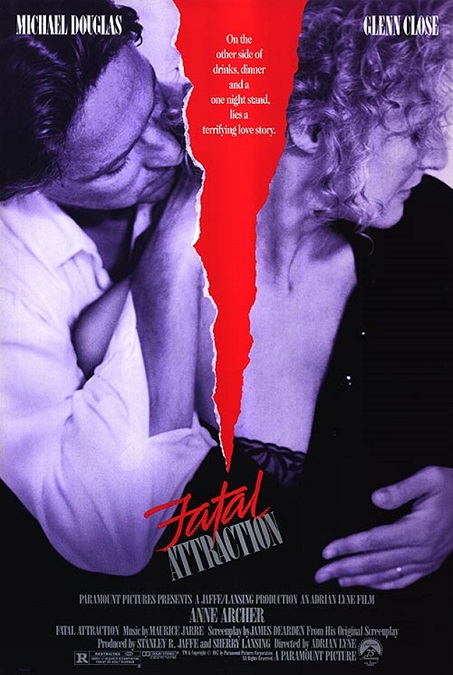
Fatal Attraction – 1987
Finally, a good suspense thriller. I was glad to see the Academy could nominate more than dramas, which seems to be, with a few odd exceptions, the only genre that has been considered for Best Picture in the 80s. The film was nominated for 6 Oscars, but unfortunately didn’t win a single one, a strange fact for the film that was the year’s biggest money maker. The main stars, Michael Douglas and Glenn Close both did a fantastic job, as did Anne Archer.
Douglas played Dan Gallagher, a successful lawyer. He has a beautiful wife named Beth, played by Archer, and a lovely daughter, Ellen, played by child actress, Ellen Hamilton Latzen. He seems to have the perfect life. But he foolishly risks it all when he meets Alexandra Forrest, played by Close. She seems predatory as she seduces Dan into a weekend of sexual depravity. Dan expects to have his fun, and then casually go back to his domestic paradise
But Dan gets more than he bargained for. Alex has severe emotional problems and is portrayed as a psychopath. When Dan attempts to go back to his own life, she hounds him and manipulates him into spending more time with her. At first, he gives in, but it quickly becomes apparent that Alex has her own ideas. When he tries to go back to his home, she slits her wrists in an attempt to get him to stay. She has fallen completely in love with him.
After he helps her past her crisis and leaves, she becomes insanely obsessed with him. She calls him over and over again. She begins to harass his wife, and eventually begins stalking him and his family. Things get completely out of hand, culminating in Alex’s slaughter of Ellen’s pet rabbit. Dan realizes that he has to confess his affair to his wife, if for no other reason than her own safety. His marriage is damaged, but the harassment continues. Alex even goes so far as to kidnap Ellen for an afternoon. Fortunately she does not harm the little girl. But when Dan nearly kills her for the stunt, she loses her mind and tries to murder Beth. She and Dan fight each other for their lives until Beth shoots Alex in the chest, ending the ordeal.
Director Adrian Lyne really did a fantastic job of building the tension slowly without letting his audience get bored. And the great screenplay, written by James Dearden, was wonderfully executed. The characters were so well-written and realistic. Apparently Glenn Close, in preparing for the role, conducted interviews with three different psychologists, asking if an emotionally sick woman was capable of such behavior. She was assured that under the right circumstances, the answer was definitely yes.
I found it interesting, that when Close was interviewed about her part in the film, she was quoted as saying that she never considered Alex Forrest to be a villain. She always thought of her as a sick woman that needed help, not a simple psychopath. Nowhere is this point made more clearly than in the original ending to the film. After Dan nearly kills Alex for kidnaping his daughter, she tries to stab him with a kitchen knife. Dan wrests the knife from her grasp and leaves it in her apartment. In the original ending, Alex commits suicide by cutting her own throat.
Since Dan’s fingerprints are on the knife, he is accused of her murder and arrested. Fortunately, Beth finds evidence that gets him off the hook. This ending was more in line with the character, paralleling a running theme in the film, the Puccini opera Madam Butterfly, in which the title character commits suicide when her lover leaves her. That original ending portrays Alex as mentally ill, and not just evil and homicidal. But it didn’t play well with test audiences. They wanted to see her as a villain. And I have to admit that after seeing both endings, I agree. Though the suicide was creepier, the fight with Beth and Alex’s death by gunshot was more satisfying. I wanted to see Alex go down in a violent blaze of glory, not quietly, alone on her bathroom floor.
Either way, I really enjoyed the film. It was sometimes incredibly uncomfortable to watch, just like a good thriller should be. The actors, especially Close, did a fantastic job. The way she delivered lines like, “Well, what am I supposed to do? You won’t answer my calls, you change your number. I mean, I’m not gonna be ignored, Dan!” Perfection!









